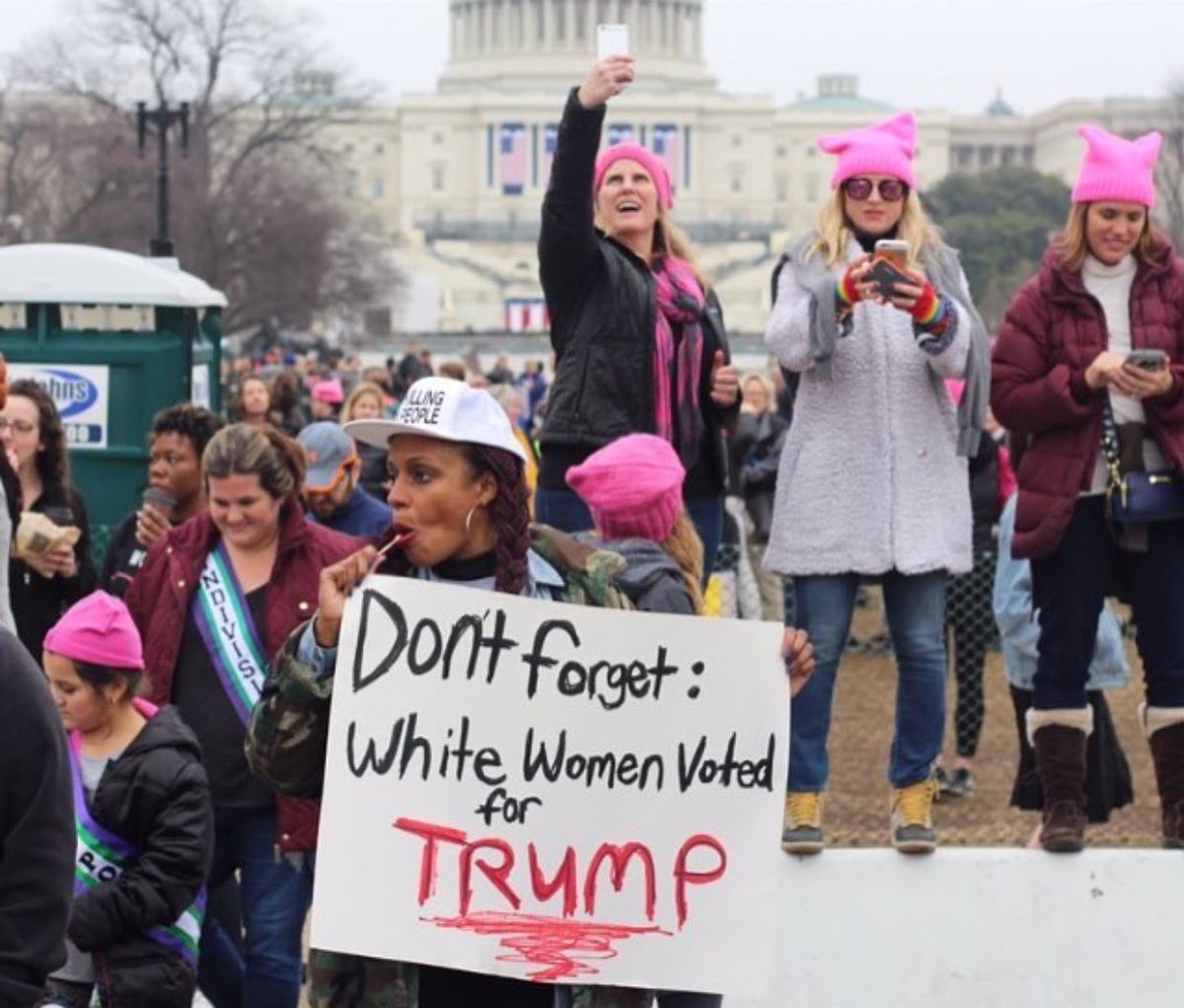Scott Alexander's post is worth a read in its entirety. The idea of cost disease is, to be simplistic, that stuff costs more for no good reason. Economists differentiate this from easily understood reasons for price increases. The idea originated in the 1960s as an attempt to understand why salaries in some fields were going up even though productivity was flat. Labor was costing more but not producing more therefore generating costs to the company.
Alexander looks primarily at two fields which are near and dear to my heart, education and medicine. He notes repeated examples about increases in spending not translating to increases in outcomes. He also puts some analysis on transportation spending and rent costs. What I find refreshing and insightful is how he departs from both the left and right orthodoxy in his evaluation of the problem. Typically the right doesn't like to compare US outcomes to other developed countries because it explodes ideas of American exceptionalism and anti-socialism yet Alexander doesn't shy away.
So, to summarize: in the past fifty years, education costs have doubled, college costs have dectupled, health insurance costs have dectupled, subway costs have at least dectupled, and housing costs have increased by about fifty percent. US health care costs about four times as much as equivalent health care in other First World countries; US subways cost about eight times as much as equivalent subways in other First World countries
He is not, however, ready to find fault with the government, with regulations, with unions, or with the typical right boogeymen. One area he zooms in on is worker salaries in education and healthcare.
The overall pictures[sic] is that health care and education costs have managed to increase by ten times without a single cent of the gains going to teachers, doctors, or nurses. Indeed these professions seem to have lost ground salary-wise relative to others.
The piece is heavily linked throughout with charts and graphs and all the goodies that good analytical blogging should have. He considers at least eight different causes but finds them all lacking and explains why.
But here's the part I thought was best:
I don’t know why more people don’t just come out and say “LOOK, REALLY OUR MAIN PROBLEM IS THAT ALL THE MOST IMPORTANT THINGS COST TEN TIMES AS MUCH AS THEY USED TO FOR NO REASON, PLUS THEY SEEM TO BE GOING DOWN IN QUALITY, AND NOBODY KNOWS WHY, AND WE’RE MOSTLY JUST DESPERATELY FLAILING AROUND LOOKING FOR SOLUTIONS HERE.” State that clearly, and a lot of political debates take on a different light.
Alexander later remarks that framing the issues facing our nation in this way helps us see the current policy debates as arguments about how to distribute the losses. When more money is spent but less and less come out of your hospitals, schools, public transit, and housing, then somebody is going to be left out. Somebody faces a shortage. The debate Alexander says we're having is about picking who gets left out instead of trying to understand why we have a system which is prone to leaving people out.
For example: some people promote free universal college education, remembering a time when it was easy for middle class people to afford college if they wanted it. Other people oppose the policy, remembering a time when people didn’t depend on government handouts. Both are true! My uncle paid for his tuition at a really good college just by working a pretty easy summer job – not so hard when college cost a tenth of what it did now. The modern conflict between opponents and proponents of free college education is over how to distribute our losses. In the old days, we could combine low taxes with widely available education. Now we can’t, and we have to argue about which value to sacrifice.
I hadn't been thinking about our economy in this way. Indeed, I haven't read anyone who has. Go check the post out because I think Alexander has a very good point here.
If ever you needed a reason to quit social media, this is it. A taste:
By leveraging automated emotional manipulation alongside swarms of bots, Facebook dark posts, A/B testing, and fake news networks, a company called Cambridge Analytica has activated an invisible machine that preys on the personalities of individual voters to create large shifts in public opinion. Many of these technologies have been used individually to some effect before, but together they make up a nearly impenetrable voter manipulation machine that is quickly becoming the new deciding factor in elections around the world.
Most recently, Analytica helped elect U.S. President Donald Trump, secured a win for the Brexit Leave campaign, and led Ted Cruz’s 2016 campaign surge, shepherding him from the back of the GOP primary pack to the front.Propaganda has entered the 21st century and the combination of big data, psychographic modeling, and neural networks is making it more effective than ever. Twitter, Facebook, and other forms or media are being used to promote political ideologies. That much is not news. But Analytica works. That's worth knowing about.
Third: Intersectional Conservatism
This is the rambling part I mentioned at the top. I was thinking while listening to NPR on the ride home that republicans became a "big tent" party following Nixon's southern strategy and culminating in the complete coopting of evangelical christianity by republicans in during the Bush era. In some sense this is still the same base that elected Donald Trump. It's white, religious, racist, and economically bifurcated. Then I thought to myself, isn't that intersectional?
It may be really controversial to suggest such a thing. Thankfully I'm not an academic writer or I might be tempted to publish such an idea just to start a firestorm. But let's tease this out. I write, after all, to find out what I think.
Intersectionality came into being to address a critical problem in the social sciences and humanities. We had Feminism. We had African-American Studies. We had Gender Studies. We had Class issues sitting across several areas of study. Despite all these and more existing in academia and increasingly becoming part of public discourse, they all existed in somewhat separate arenas. If you want to understand exactly why intersectionality needs to exist, I think this now famous image from the Women's March on Washington captures it perfectly.
Intersectionality was coined by Kimberle Crenshaw in 1989 in her article Demarginalizing the Intersection of Race and Sex: A Black Feminist Critique of Antidiscrimination Doctrine, Feminist Theory and Antiracist Politics. She was very critical of how modern Feminism dismissed and marginalized other marginalized people and their equally valid struggles. She singles out how black women were mostly excluded from mainstream antiracist and feminist theory. It's a controversial article to this day and generates a lot of debate. This debate spilled over into the Women's March as seen above. It has been criticized as a march for wealthy white women who are privileged enough to take a day or two off work and spend money traveling. I'm not arguing that these are valid or true criticisms. Instead, I want to point out that this is exactly the kind of debate that intersectionality demands of the public. Issues of race, culture, gender, sex, and class all require solutions and all need to be addressed. We need intersectionality because it is a framework for thinking through equitable solutions to complex problems.
You may notice, however, that these are basically issues and ideas dominated by the political left. The right wing of American politics is famously ignorant of its own use of identity politics and rejects acknowledging fundamental differences between people as a grounds for broad kinds of social and political inclusiveness. How, then, can I say that there is Intersectional Conservatism.
My thesis, if you could call it that, is that Donald Trump was able to create intersectional conservatism. He more or less identified all the disparate ideologies and movements within conservatism and created a movement (intersectionalism) built to support all of them. As noted above, intersectionality is a framework for managing social and political issues. A framework like that is not exclusive to ideas which are comfortable for the left.
Trump united the racists and nationalists with his overtly anti-immigrant and anti-muslim rhetoric. He united the libertarians and the christian wings of the republican party with his anti-regulation and anti-1st Amendment stance. He united the suburban mom and the Wall St. billionaire by promising to focus on jobs and reduced taxes.
Now, before you point out, rightly, that none of these groups are truly marginalized and therefore don't need the nuanced advocacy that intersectionality seeks to provide, think about their self-image. How do these groups see themselves fitting into America's fabric?
Christianity is basically a gigantic persecution complex and it is obvious that the Christian right in the US thinks it is under attack and being marginalized. Racists and White Nationalists argue that an inclusive America will bring an end to the white race. They further argue that trying to say such a thing makes them marginalized. Other facets of right wing racism in the US include a belief that minorities have an easier time getting jobs because of affirmative action, getting housing because of HUD, getting food and medicine because of welfare and medicaid, and numerous other supposed advantages bestowed by the government on minorities to damage whites. (Never mind that the majority of recipients of government aid are white!) The anti-government attitudes are natural stances to be adopted by the pro-business and libertarian right. Libertarians are constantly complaining that the government tramples their rights and taxes them to death. Indeed, many libertarians act as though taxation is the gravest form of oppression. Suburban soccer moms? They want their kids to go to good schools with the
The point is, these groups may not actually be marginalized but they see themselves as such. Trump's entire campaign and presidency is built on the support of all these groups. These are not groups that normally agree on much but Trump's genius is making a platform to appease all of these groups.
Here's another thing. Intersectional Conservatism plays off some very real malaise facing all Americans. There are more than 30,000 annual deaths from opiate overdoses in the US. Many of these deaths are concentrated in areas that heavily favored Trump. It's a blight on the community and is something which contributes heavily to to the perception that America is in decline. Add to that the multi-decade loss of jobs in the midwest. Add to that the rising healthcare costs, premiums, co-pays, and out of pocket maximums faced by many Americans. (Sure, the medicaid expansion rejected my most red states would have helped alleviate many of these problems, but that's not how Obamacare played out.)
At some point it became clear to a large number of Americans that the standard republican party was not addressing their needs. Trump, by creating an emotive platform addressing all these groups' concerns, effectively created intersectional conservatism. He is going to bring jobs back by being racist. He is going to cut regulations on small business by pursuing anti-environmentalist policy. Trump will destroy Obamacare but somehow also stop runaway costs. He's giving people whatever they want to hear because he's selling them the idea that all of their struggles are related. They're all on the same team just like how Feminism, Antiracism, LGBTQ rights, and class struggle are all allied by intersectionality. Trump has created intersectional conservatism.


No comments:
Post a Comment